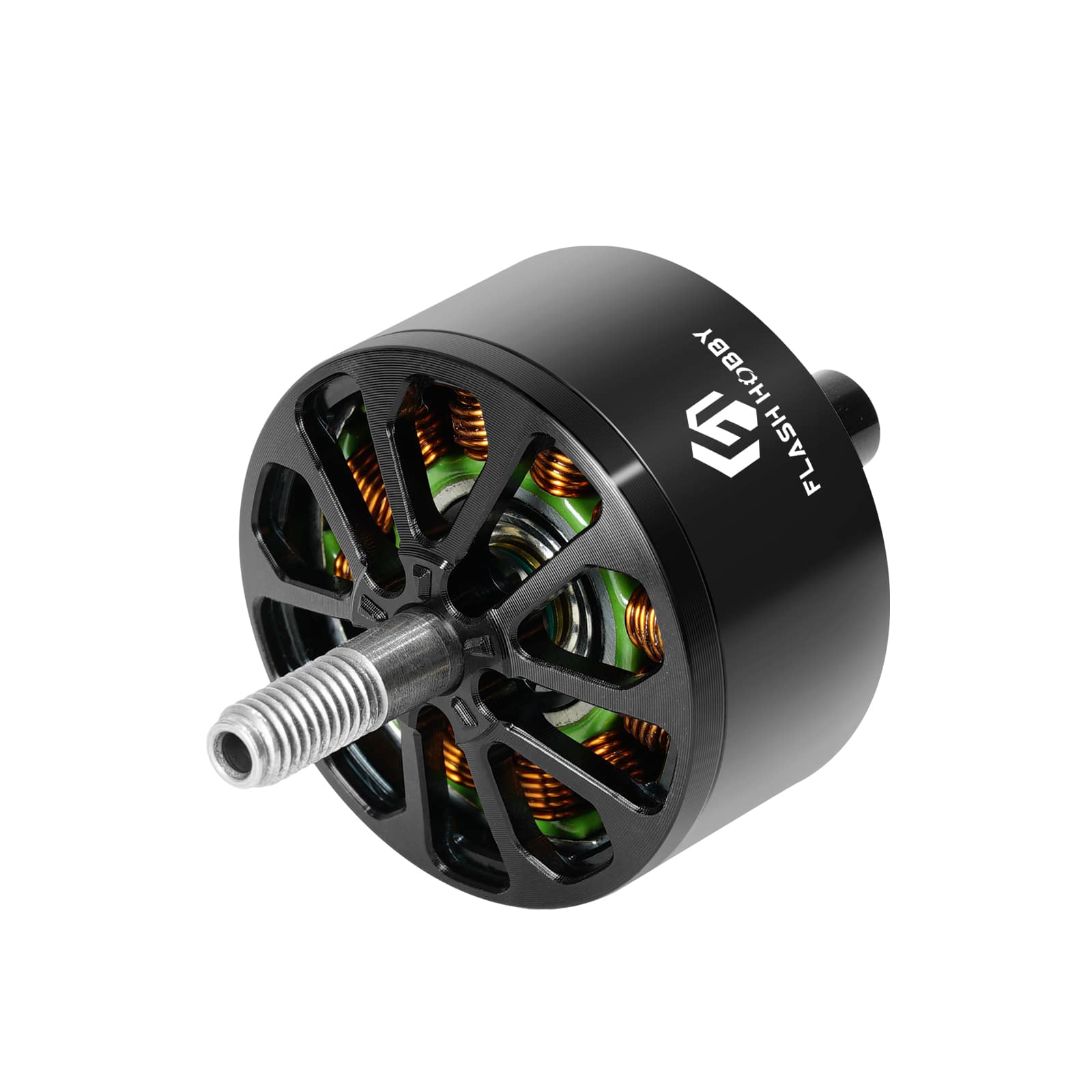Features and aspects associated with FPV racing motors
2024-02-21
FPV (First Person View) racing motors are specialized electric motors designed for use in FPV racing drones. These drones are small, agile, and built for high-speed racing, often in first-person view through a live video feed transmitted to the pilot's goggles. Here are some key features and aspects associated with FPV racing motors:
1. Brushless Motors:
- FPV racing motors are typically brushless, providing better efficiency, power, and durability compared to brushed motors.
2. High RPM (Revolutions Per Minute):
- These motors are designed to spin at high RPMs, allowing the drone to achieve and maintain high speeds during racing.
3. KV Rating:
- Motors for FPV racing are often rated in terms of "KV" (kV), representing the number of revolutions per minute the motor will turn when a 1-volt potential is applied with no load. Higher KV ratings are suitable for high-speed racing.
4. Stator Size:
- The stator size of the motor influences its torque and power characteristics. In FPV racing, a balance between torque and speed is crucial, and different stator sizes may be used based on the specific racing requirements.
5. Lightweight Design:
- FPV racing motors are designed to be lightweight to enhance the agility and responsiveness of the racing drone. This is essential for quick maneuvers and changes in direction.
6. Durable Construction:
- Racing drones often experience crashes and impacts during high-speed flights. FPV racing motors are built to withstand these stresses and maintain performance even after collisions.
7. Low Latency:
- Motors used in FPV racing drones need to provide low-latency responses to the pilot's inputs, ensuring quick and precise control during races.
8. Compatibility with Propellers:
- FPV racing motors are matched with specific propellers to optimize the drone's performance. The combination of motor and propeller affects thrust, efficiency, and handling.
9. Cooling Features:
- Some FPV racing motors incorporate cooling features such as heat sinks or efficient airflow design to prevent overheating during prolonged high-speed flights.
10. Ease of Maintenance:
- Racing motors are often designed for ease of maintenance and repair. Modular components allow pilots to replace damaged parts without extensive technical knowledge.
11. Variety of Sizes and Configurations:
- FPV racing motors come in various sizes and configurations to cater to different drone designs and racing requirements.
12. Powerful Magnets:
- Strong neodymium magnets are commonly used in FPV racing motors to enhance overall power and efficiency.
13. Customization Options:
- Enthusiasts often have the option to customize certain aspects of the motor, such as changing propeller types, adjusting motor timing, or modifying firmware.
Choosing the right FPV racing motor involves considerations such as the type of racing, desired speed, and the overall design of the racing drone. Pilots often experiment with different motor and propeller combinations to find the optimal setup for their racing style and preferences.



